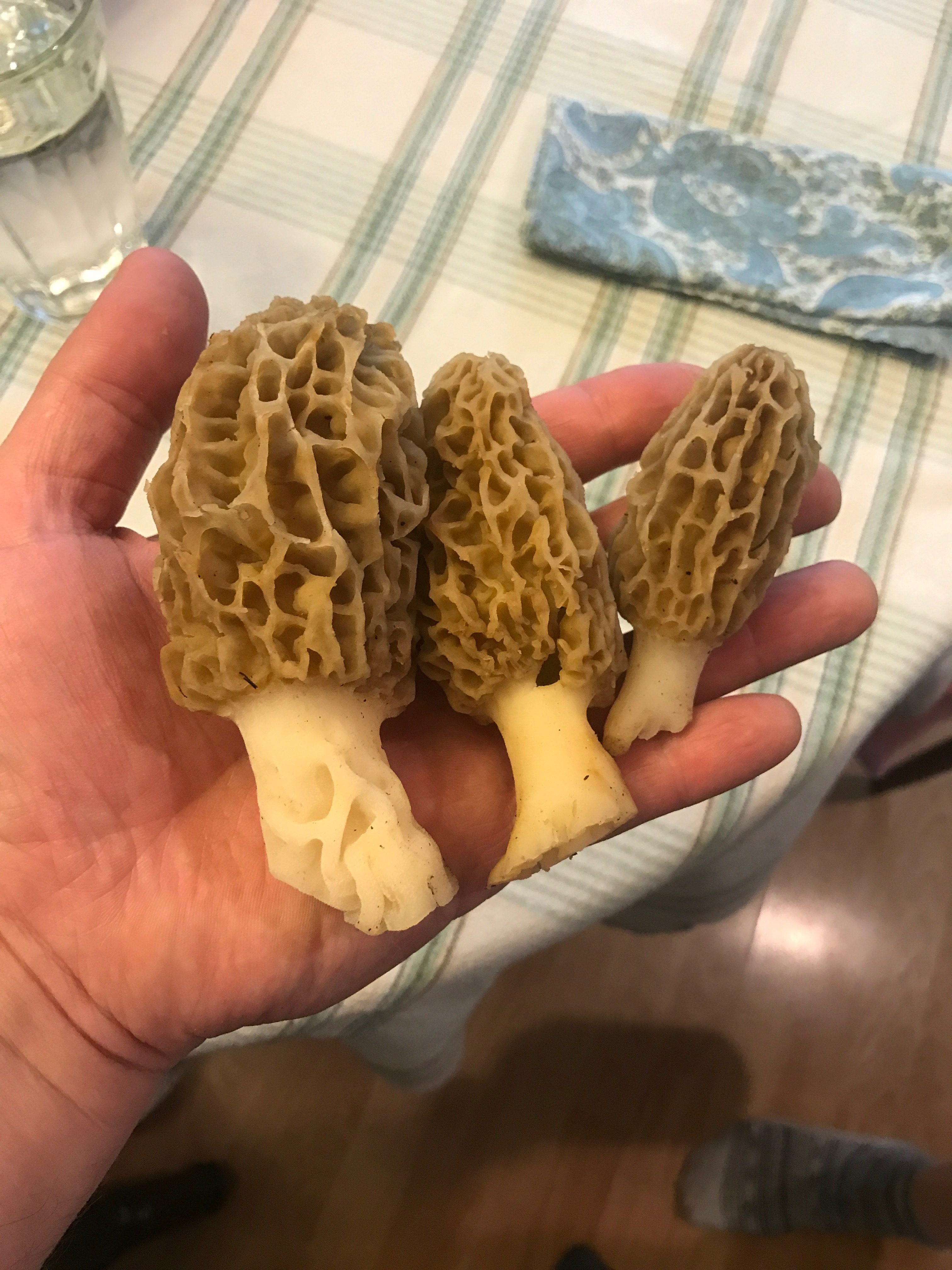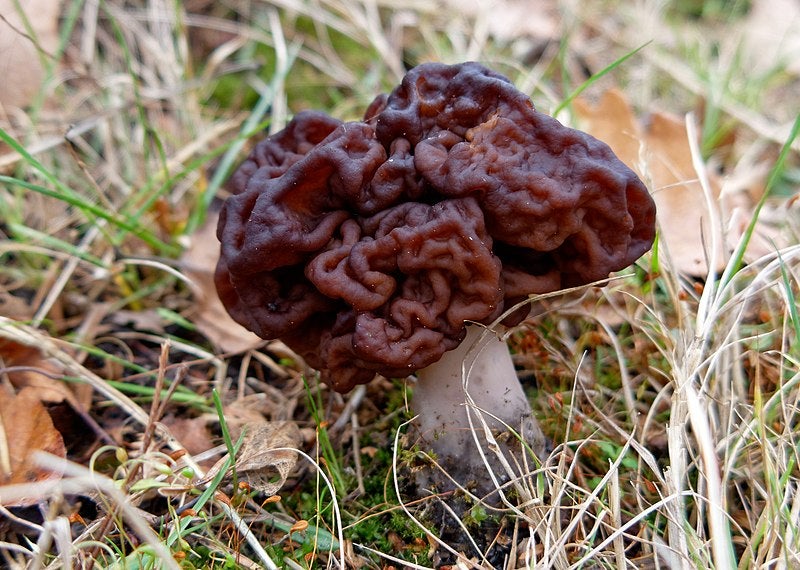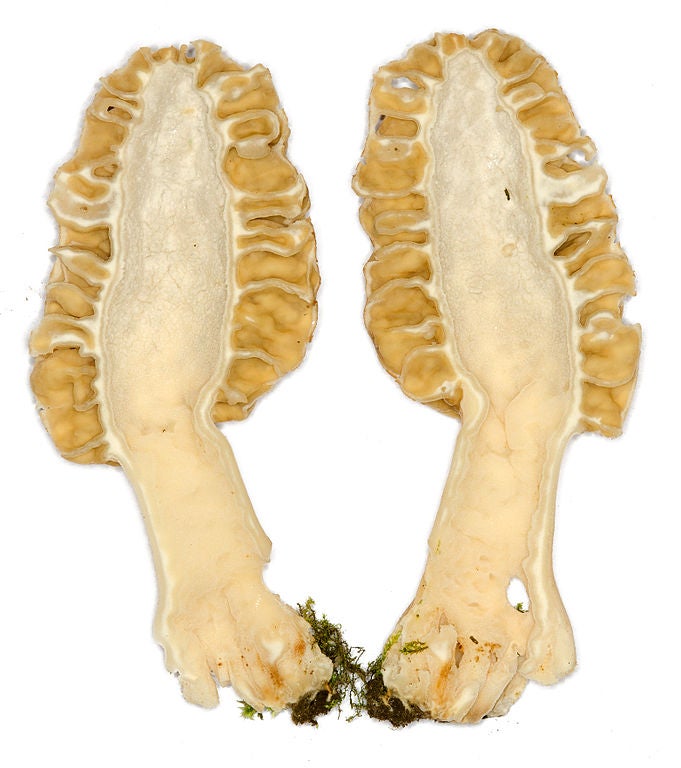Foraging For Morels – The Hidden Prize of the Forest
RusDs 06.03.21

Foraging can be an excellent (and free) way to supplement your stock of edibles. It’s also usually a lot better exercise than going to the grocery store. Though I spend a majority of my time as a farmer cultivating and growing produce, and don’t have much time for foraging in the spring and summer; however, I have some friends who not only are some of the best produce gardeners I know, they are also enthusiastic, experienced foragers. They kindly offered to assist me in the creation of a few foraging articles, and today we will be talking about the identification, harvesting, and preparation of morels.

Morel Mushrooms – Morechella Esculenta
Morel Mushrooms are some of the most sought after mushrooms that wild foragers in North America and Europe can find. They are tasty and very popular among the foraging community. Prices vary, but as of the writing of this article, some people are seeing them go for anywhere from $20 – $50/Lbs! That means that a forager can not only make a nice side dish with morels; if you find the motherlode, you can pay for your entire grocery bill with these tasty fungi. My friends got into foraging for morels due to a pamphlet another friend of theirs gave them. Their interest was sparked, and due to the advantage of essentially living amongst a huge wilderness area, they took the opportunity to go out and look for morels. At first, they only found a few. As their eyes got more attuned to finding these mushrooms and as they gained more experience locating them, their success has grown and grown.
Morel Identification
When foraging, it is incredibly important to be 100% sure of what you are harvesting. When in doubt, don’t pick it! My experienced forager friends and I strongly urge you to go foraging with an experienced individual first. Especially when it comes to mushrooms, consuming the wrong one can lead to severe health issues. Even if you accidentally cut the wrong mushroom with your knife, or have one bad one in your sack, it could contaminate everything else. Again, be sure before you pick. There are mushrooms known as “false morels” that are toxic and look very similar, so this is something to keep in mind.

With that being said, Morels show up in the springtime, anytime from late February through June, depending on your locale. Morel mushrooms can be from blonde all the way to deep dark brown in color. True morels have a cap that is directly attached to the grey or yellow stem, with no cavity or “umbrella” shape under the cap. The cap itself has a spongy, brain-like look to it with many cavities and ridges. With most morels, the cap will be longer than the stem. Once the cap is separated from the stem, if you cut the cap in half, it should be completely hollow. For more in-depth identification tips, I highly recommend getting a good field guide to mushrooms to take along when foraging.

Harvesting Morels
Morel mushrooms can be found in deep black dirt, usually within earshot of running water. Often, they are found at the base of elm, cottonwood, aspen, or apple trees. Another area that they can really show up in is a previously wildfire burned area that has had a lot of rain. As with anything else, consider the water source if you find them close to water. Fungi have a high toxin uptake, and you don’t necessarily want to be consuming morels found near heavily sprayed farm fields or storm sewers. If you do encounter litter during your foraging time, bring along a spare trash bag to pick it up and leave things better than you found it.
Watch your step as you walk along, for they are small and can be easily stepped upon on your first outing. Once you find them, you can cut the stem close to the ground with a knife. This will encourage re-growth. Another technique to improve your morel harvest is to take along a mesh bag to hold the mushrooms in. As you harvest and are walking along, lightly shake the bag every so often in order to spread Morel spores.
Preparing Morels
Morel mushrooms should be cooked before consumption. They go great on a steak or atop mashed potatoes, among other things. Morels are full of minerals, including vitamin D, calcium, copper, iron and phosphorous. They are like the vitamins of the woods. When you get your morel harvest home, rinse them well. Some people like to brush them off with a wet paintbrush, but that can be too time consuming depending on what else you have going on. Then, you can cook them directly.
A good tip for any foraged food: start by preparing and trying a small test portion just for yourself, rather than a big dinner for all your friends or your family. If, unfortunately, you picked the wrong thing, or there’s something amiss with your harvest, you will likely only experience mild discomfort, rather than sending yourself and all your friends to the hospital.
For longer storage, one can place the morels on a drying screen. Once dry to the touch, you can put them in a dehydrator. To use them for cooking later on, you can soak to rehydrate, and then cook them.
Wild morels can be both an excellent addition to your diet, or an excellent supplement to your wallet if you find a good haul of them. The “morel of the story” (I couldn’t help myself) is that you should keep an eye out for these tasty, valuable fungi during your next walk in the woods.